| Structure | Name/CAS No. | Articles |
|---|---|---|
 |
sodium chloride
CAS:7647-14-5 |
|
 |
Dimethyl sulfoxide
CAS:67-68-5 |
|
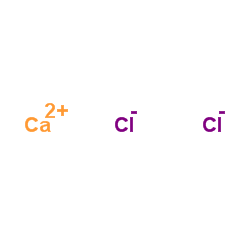 |
Calcium chloride
CAS:10043-52-4 |
|
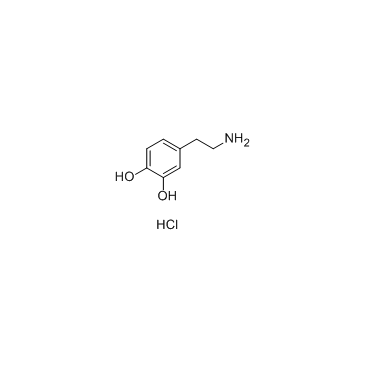 |
Dopamine hydrochloride
CAS:62-31-7 |
|
 |
Cocaine
CAS:50-36-2 |
|
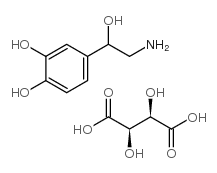 |
Norepinephrine tartrate
CAS:3414-63-9 |
|
 |
SODIUM CHLORIDE-35 CL
CAS:20510-55-8 |
|
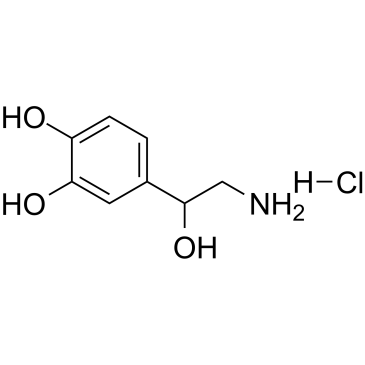 |
DL-Norepinephrine hydrochloride
CAS:55-27-6 |
|
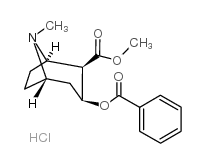 |
cocaine Hcl
CAS:53-21-4 |
|
 |
calcium chloride dihydrate
CAS:10035-04-8 |